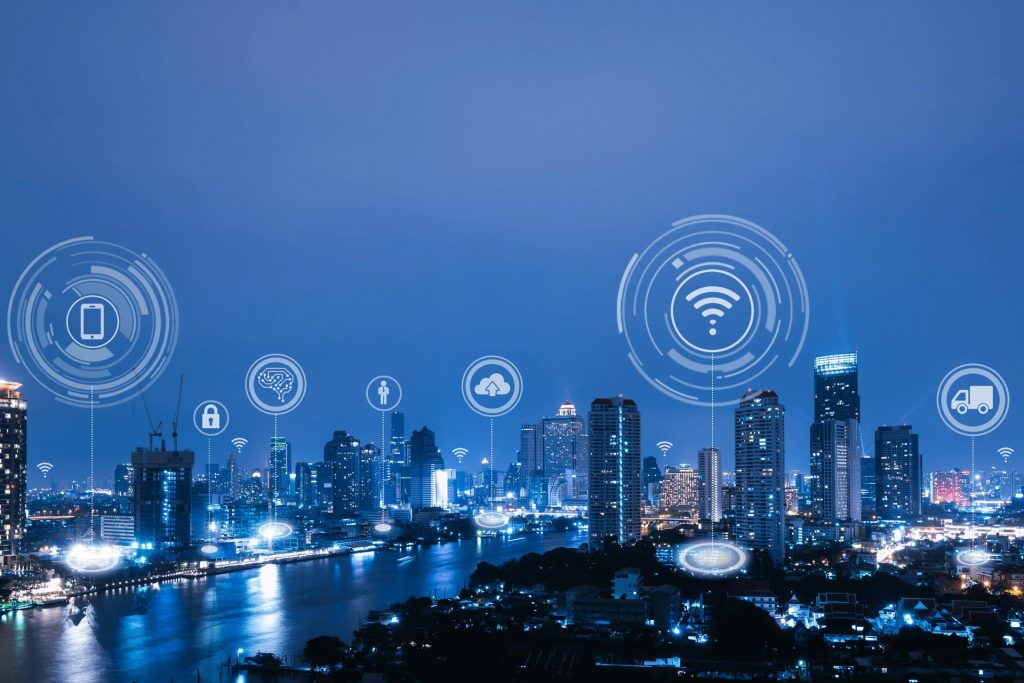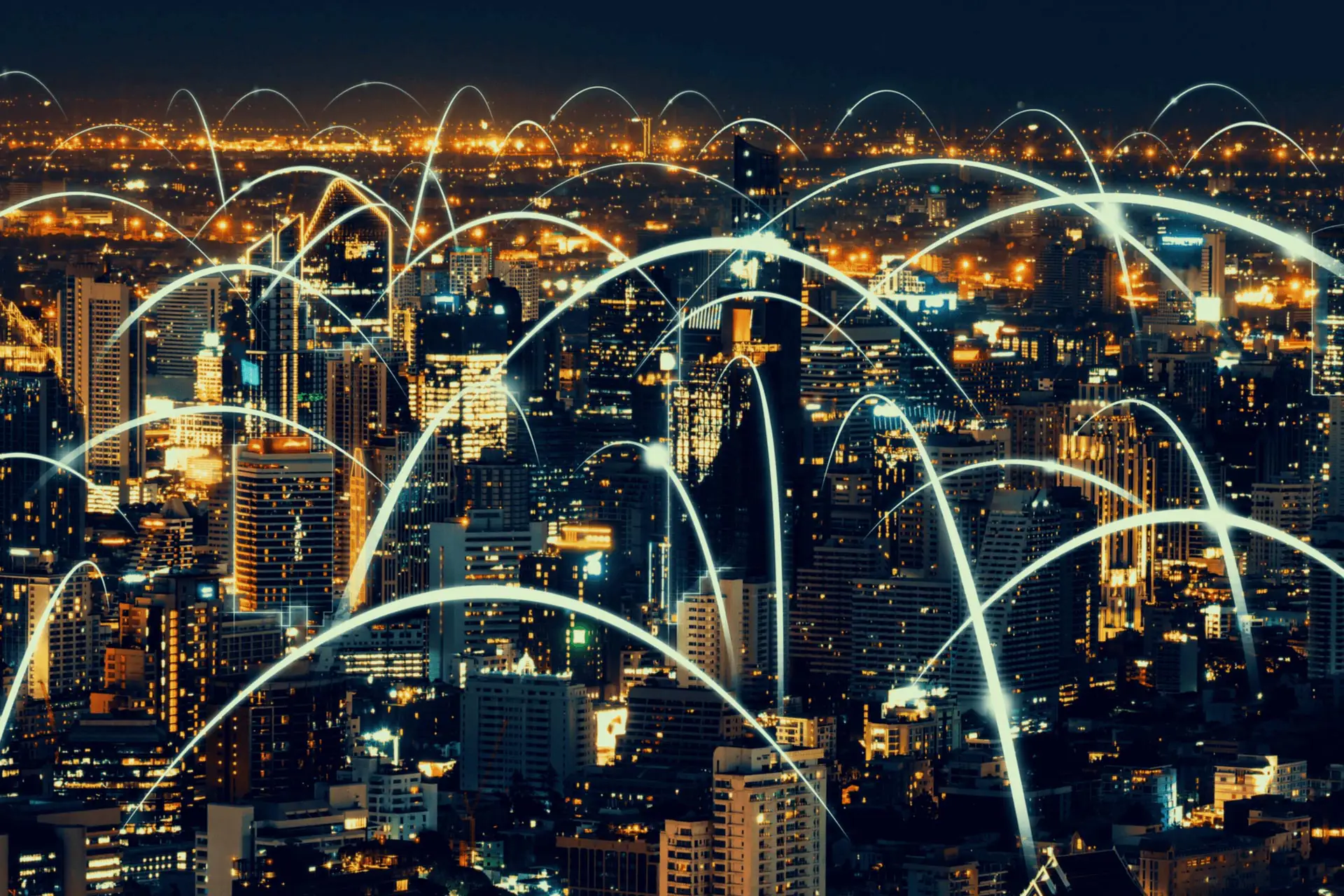For law enforcement agencies to stay relevant, they must move with the times. As communities change over time, their police departments should too. As society is currently going through a period of unprecedented technological change, staying on top of new trends has become one of the key responsibilities of law enforcement. Increasingly, however, it isn’t just a case of being aware of individual pieces of technology, but how they are beginning to work together as part of a wider move towards ‘smart cities ’.
What is a ‘smart city’?
Aside from being a popular new buzzword, what exactly is a ‘smart city’? IBM defines a smart city as “one that makes optimal use of all the interconnected information available today to better understand and control its operations and optimize the use of limited resources”. In other words, a smart city doesn’t just contain a lot of sophisticated technology, but can integrate that technology into a single coherent system.
Getting a city to run on a fully linked-up technological infrastructure may sound like something out of a science fiction movie, but experts believe that the first true smart cities will emerge in less than ten years. This doesn’t seem too far-fetched, as most of the technology required already exists – it just needs to be refined and integrated.
Informational gathering and surveillance
Gaining an ever-widening net of surveillance options is one of the major implications for law enforcement. CCTV cameras are already incredibly common in urban areas, and trial programs are already being run with camera-mounted drones for increased coverage. At the same time, ShotSpotter and similar technologies are being used in hundreds of US cities. The small step into the ‘smart city’ application would be an overarching system to tie all these elements together. Such a large amount of incoming data will be impossible for human operators to manage, so the only technological hurdle here is the development of reliable AI to manage it.

On the ‘smart city’ streets, there are even more surveillance options than it may initially seem. Apart from independent cameras, almost every citizen these days has a powerful recording and communication tool in their pocket at all times – their smartphone. Projects such as ComProNet show how these can be used to facilitate law enforcement. During a crime or other incident, police can use ComProNet to send a push notification to every user’s smartphone and launch a Twitter feed for the incident. Similarly, citizens who witness a crime can press the app’s alert button to connect to a police operations center and send information such as photos and videos.
Improving responses
The way that police are called through 911 systems hasn’t changed much in the 50 years or so since their introduction. Human dispatchers field citizens’ calls and relay information verbally, using traditional telephone and radio technologies. Smart city 911 services will dramatically improve the quality of information. By operating over internet-based networks, smart city 911 systems will transmit a vast array of digital data. As well as calling 911, citizens can send texts, photos, videos, and more, which dispatchers can review and send directly to responding officers. Not only will this make 911 calls more efficient, but responding officers will also have more accurate information about the incident even before they arrive.

But why even wait for a call? Predictive policing harnesses the power of big data and analytics to sift through historical public safety data, police blotters, criminal behavioral data, camera feeds, social media, and more to predict when and where crimes and other forms of public disorder are likely to occur. This doesn’t mean arresting people before they’ve done anything, but rather deploying officers most efficiently so they’re already stationed near areas where incidents are likely to occur. Once again, this is something that’s already being trialed. Vancouver police are using predictive models to identify areas in the city where residential or commercial burglaries are anticipated and then dispatching officers to deter potential thieves.
Everyone benefits
The whole concept of smart cities is built around efficiency and improved quality of life. And this concept applies as much to law enforcement as it does to transportation, services, housing, and the environment. Public safety isn’t an afterthought in the smart city model; it’s front and center. While there will inevitably be changes as these new urban environments emerge, it seems as though there will be a large number of benefits for law enforcement.

